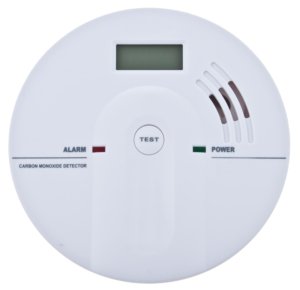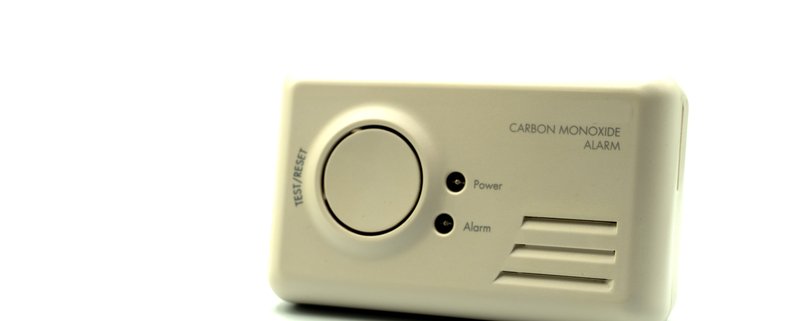The Importance of Carbon Monoxide Detectors
If you own a commercial property or a house you should be aware of the importance of carbon monoxide detectors. A carbon monoxide alarm could be a life-saver. It’s no exaggeration to say that the device could be the difference between someone getting badly injured or even dying, or managing to escape an infected building safely.
In this article, we will be going over the importance of CO2 detectors.
What is Carbon Monoxide?
Carbon monoxide is a toxic gas that is odourless and colourless meaning it can not be detected by the human nose or eye. It’s also completely tasteless, but highly toxic. This gas is a by-product of combustion and because it’s not easily detectable we must have something to tell us as soon as the gas is present. Hence the importance of a detector.
It should be noted that any fuel-burning appliance tool or even a vehicle has the potential to produce dangerous levels of CO2 gas. Some examples of CO2 producing devices commonly in use around the home include charcoal grills, gas dryers, gas stoves, gas water heaters, fuel-fired non-electric furnaces and fireplaces.

Types of CO2 Detectors
There are a lot of different CO2 detectors that include a carbon monoxide alarm. Some of these will have their power operated by batteries others will rely on current. Furthermore, different designs will have a different sensor type. Most of the typical detectors running on a current will contain a solid-state sensor which purges itself and resamples for CO2 on an ongoing basis. The source of its increased power demands is caused by the cycling of the sensor. On the other hand, CO2 detectors that use batteries will usually make use of passive sensor technology which reacts to prolonged exposure to CO2 gas.
The Dangers of Carbon Monoxide
The danger of Carbon Monoxide poisoning must be taken seriously. According to The Consumer Products Safety Commission (CPSC), there are approximately 200 people per year killed by accidental CO2 poisoning. In addition to this stat, 5000 people are also injured per year. One of the big causes of these deaths are improperly used or faulty equipment, sometimes aggravated by building construction which limits the amount of fresh air finding its way into the building in question. To keep on top of your Carbon Monoxide detectors working order regular inspection and maintenance is essential.
CO2 affects the blood’s ability to carry oxygen to body tissues and this includes vital organs like the heart or the brain. If a person was to inhale CO2, the gas combines with the oxygen-carrying haemoglobin of the blood-forming carboxyhemoglobin. When combined with the haemoglobin, the haemoglobin is not available for transporting oxygen. The speed of which the carboxyhemoglobin builds relates to the concentration of the gas that has been inhaled and also the duration of the exposure.
Why Should I Install a Carbon Monoxide Alarm?
Installing carbon monoxide detectors around a building is essential in the event of any carbon monoxide being present. It’s a silent killer in that it makes no noise whilst spreading around an area, so we need to have an identifier to alert us when the gas is present to prevent any of the potential injuries or even deaths that we have looked at in this article.
If you would like to find out more about how we, DTR Electricals, can help you, please get in touch on 01604 981252 or head over to our store where you can speak to a friendly member of our team.


